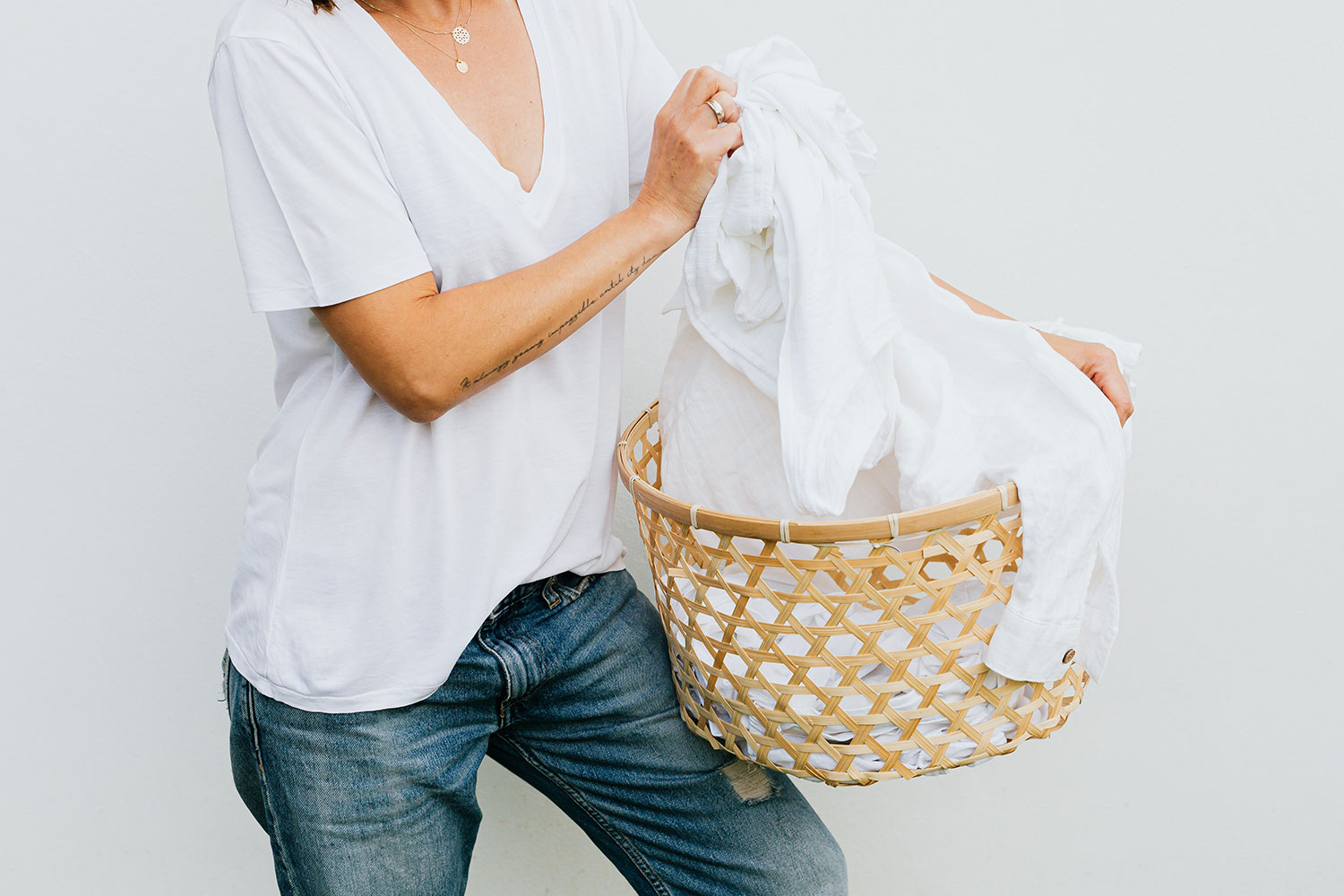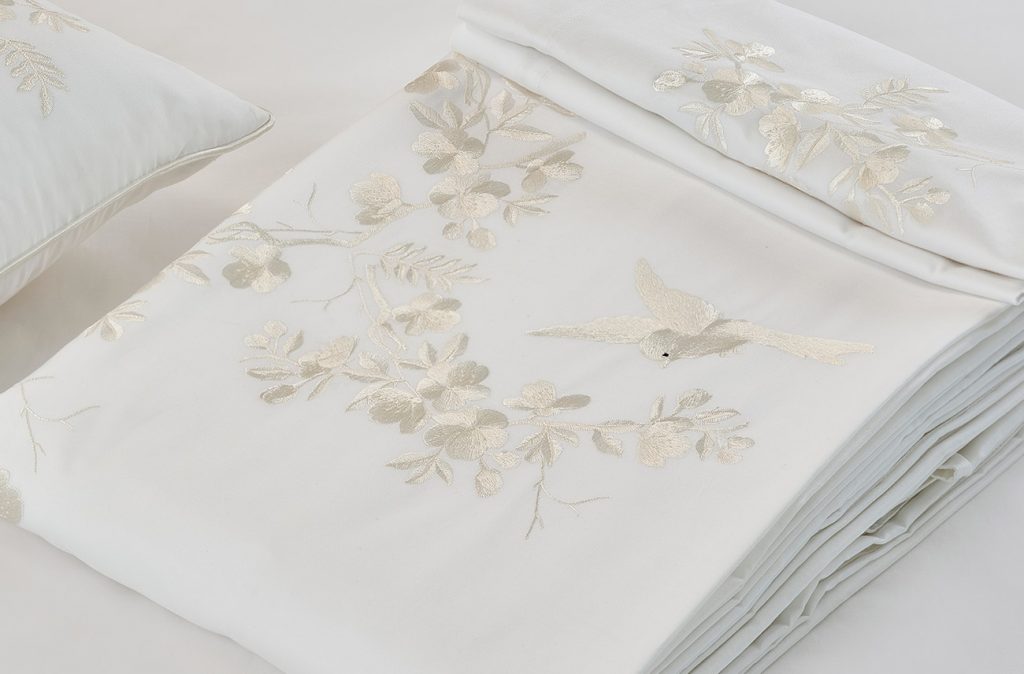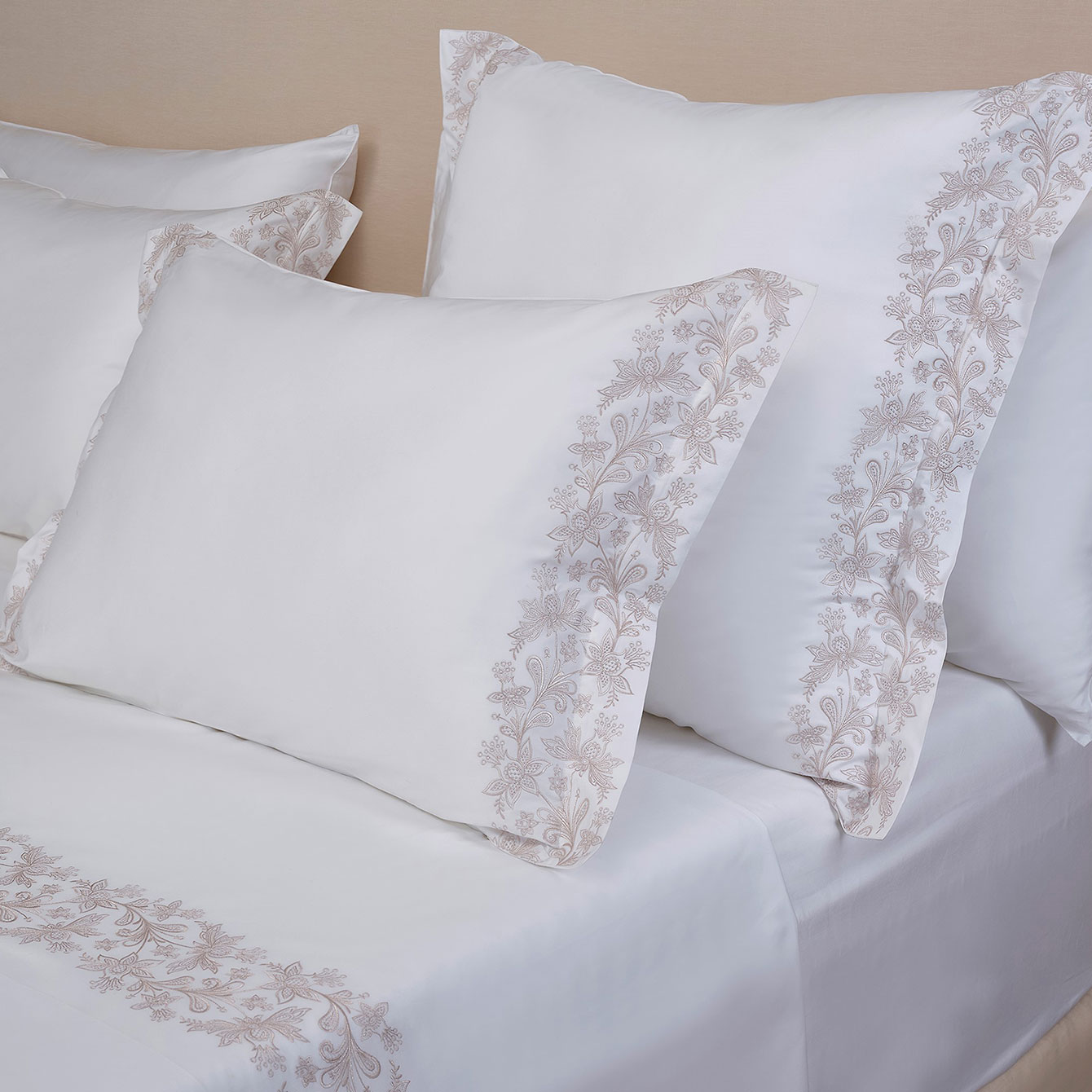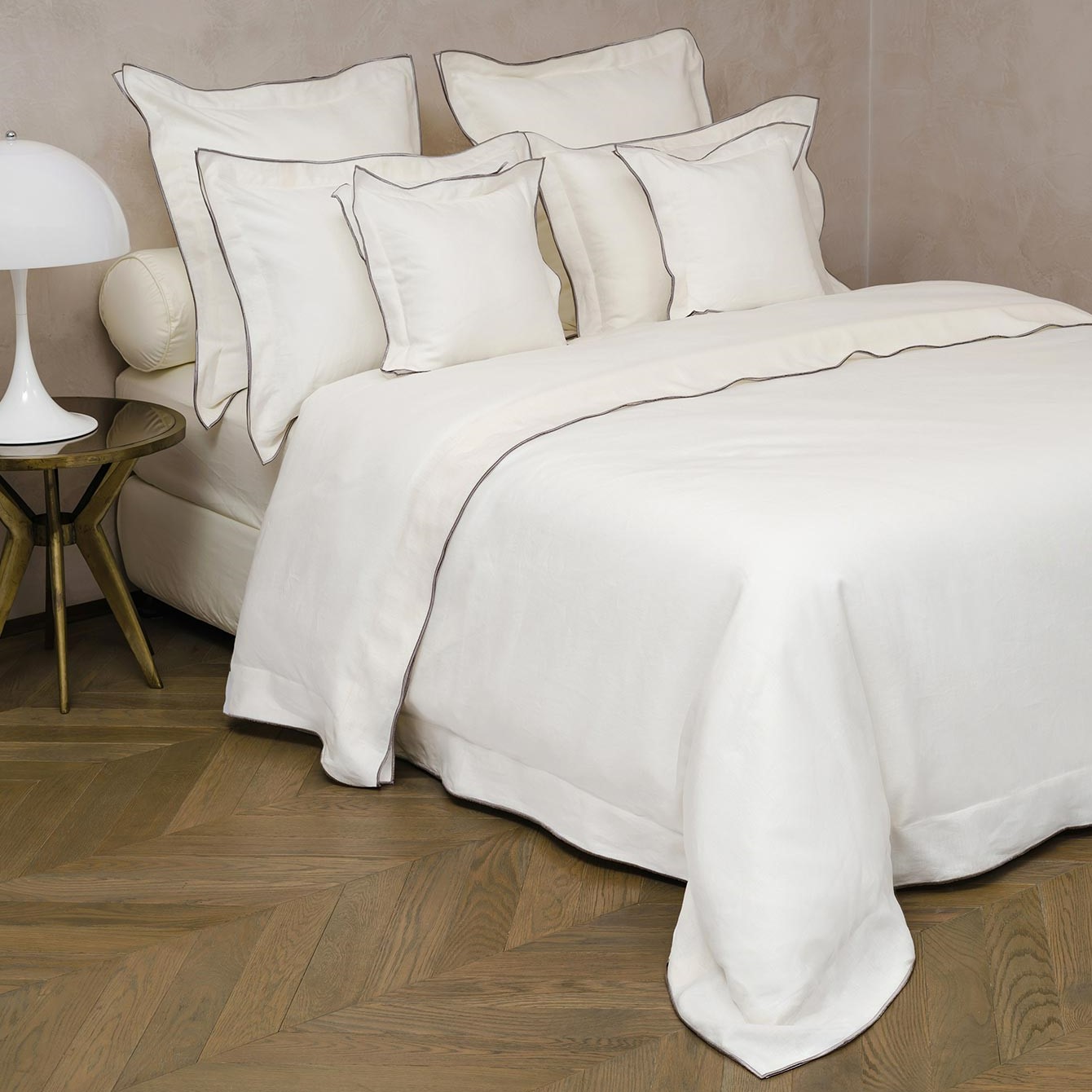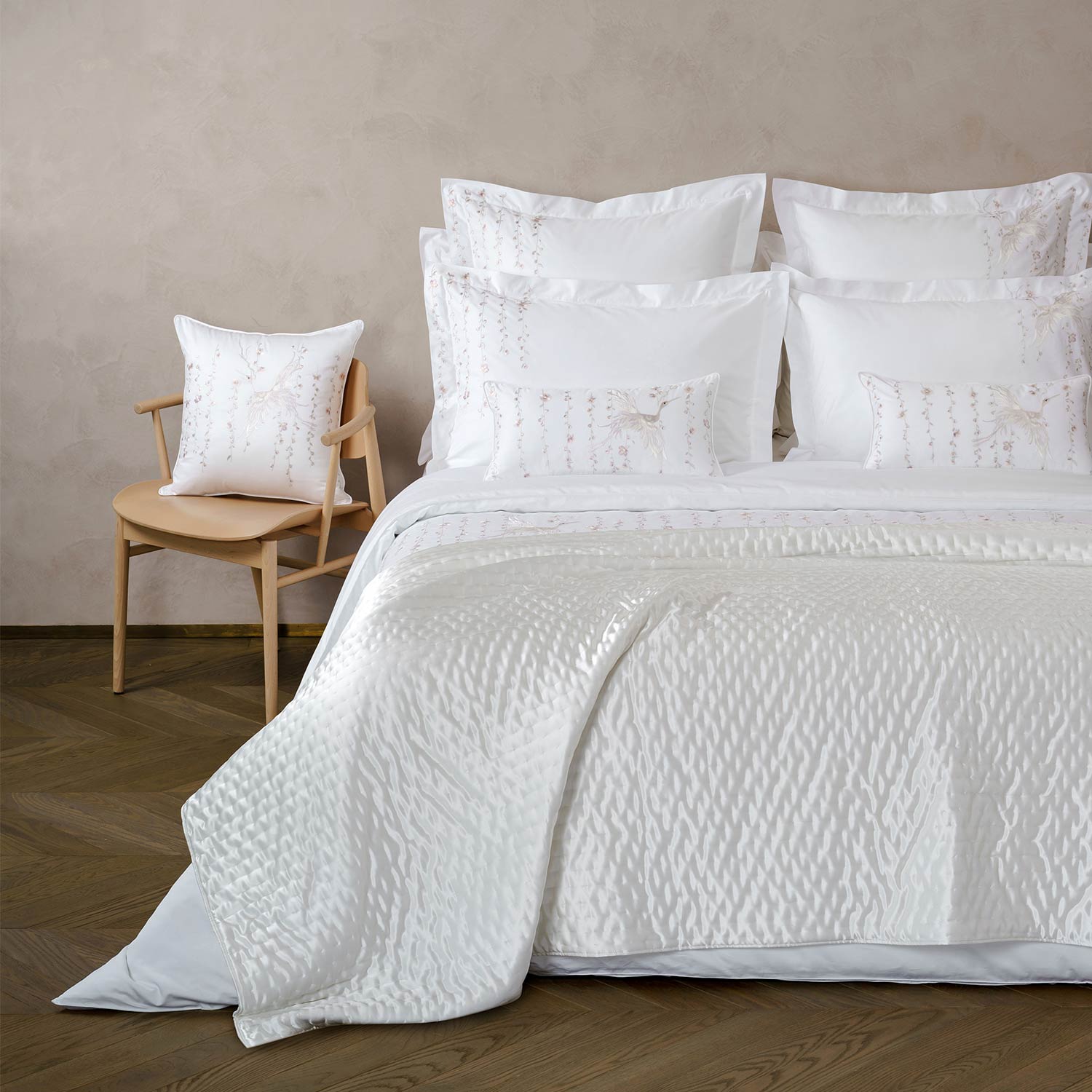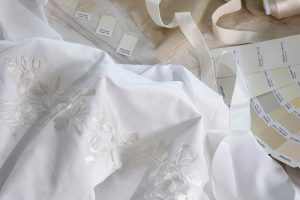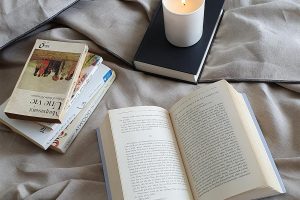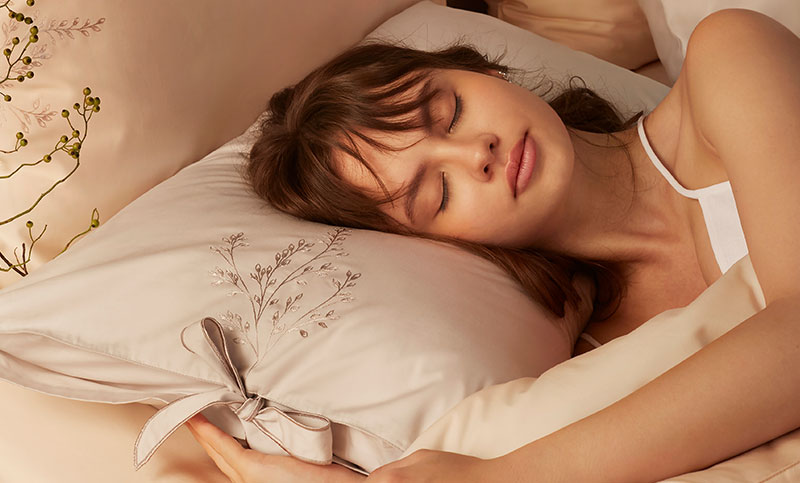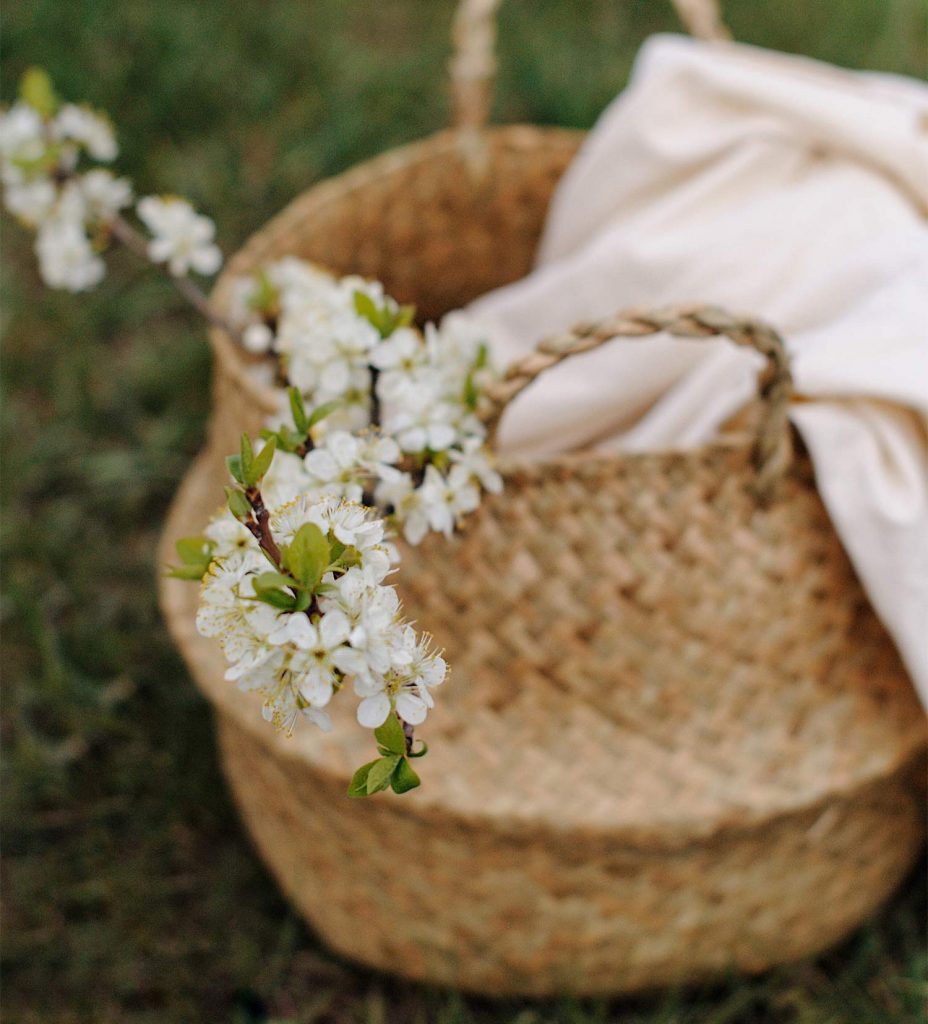
5 Washing & Drying Tips that actually work for White Bedding
- Separate your white sheets. Pure White, Ivoire, Warm White…if washing together, the risk of rubbing off is minimal but present.
- Launder regularly your bedding sets, at least once every 10 days to avoid yellowing.
- Use Delicate Detergent Liquid: bleaching agents and harsh detergents can damage the embroidered bed linens.
- A stain on your bed sheets? Mix half a cup of vinegar with one gallon of warm water in a tub or a big bucket. Soak your bed sheets in the solution for an hour. Then, machine wash or hand wash with a gentle detergent. Air drying your sheets eliminates any vinegar smell.
- Air dry vs tumble dry: air drying is better as it makes less wrinkles on your bed linens and it promotes longevity. If you don’t have the opportunity to air dry then use tumble dry and do so on low and remove the sheets before completely dry.
Extra Care for Embroidered White Linens
Delicate beddings with lace and embroidery should be enclosed in a large, thin mesh bag. The mesh bag protects your precious embroidered bed linens from the throws of the spin cycle.
If you can’t find mesh bags, wash duvet covers and pillow shams inside out to protect the embroidery, also this makes ironing easier.
Cotton Bedding: Warm Water Wash
Cotton is a natural fiber, fairly resistant so it is best to wash at maximum 40 degrees. Do not bleach. It is better to air dry but not directly under the sun or mood lights to avoid colour fading. If you lack space to air dry use tumble dry only if your pillow shams and duvet cover has no buttons and embroideries. Overdrying cotton linens will encourage shrinkage; dry your cotton sheets at a lower heat and remove them from the dryer while still fairly cool.
Linen Bedding: Cool Water Wash
Never exceed 30°C when washing bed linen. Avoid chlorine-based detergents which will tend to yellow and damage the fiber. Occasionally if your plain white linen bedding (without any embroidery!) turn to yellow, use a gentle bleach-based detergent. Linen is made from the flax plant: it absorbs more water during the washing process than other fibers, so guard against overcrowding in the washer. Again, if you lack space to air dry, use tumble dry only if your pillow shams and duvet cover has no buttons and embroideries.
Silk Bedding & Bed Throws: Dry Cleaning
To wash a silk bed linen, go for dry cleaning only or gentle hand wash using a specific silk soft detergent. Of course, never try to use bleach to remove stains. Tumble silk in the dryer is totally forbidden. Instead use a towel to press out moisture and then hang to dry not with direct sun lights. Steam iron, warm.
Good to know
The coffee issue: whenever you enjoy having breakfast in bed, if your morning coffee spills (oops!), wash immediately your bed sheets with cold water or at least run the fabric under cold water. Warm water can cause protein-based stains to set prematurely, it will be even more difficult to remove the coffee stain from your beautiful white linens if you use warm water to wash.
Wash bedding textures separately: wash your bed linens without towels or other clothes to avoid dirt coming from their pilling. Peeling is what happens when cotton fibers break and tangle, resulting in the tiny little fuzzballs. Catherine Denoual Maison bed linen is produced with 100% Long Staple Cotton yarn so pilling won’t occur while shorter fibers linen will.
Keep your white bedding set beautiful: always wash your complete bedding set. If you intend to wash the pillow shams more often than another piece, your white collection of bed linens will start to lose its gorgeous homogeneity.
Wish for a 5 stars Hotel look on your bed? Iron your bed linens, set your bed, lightly sprinkle water using a sprayer and then iron again with medium heat.
